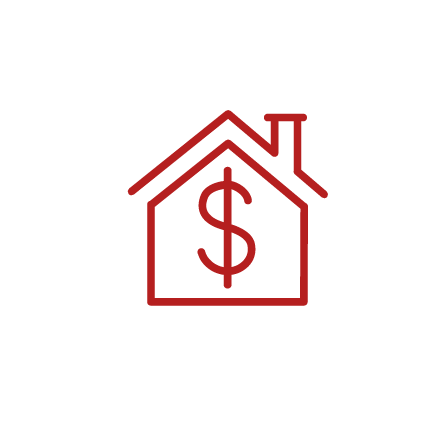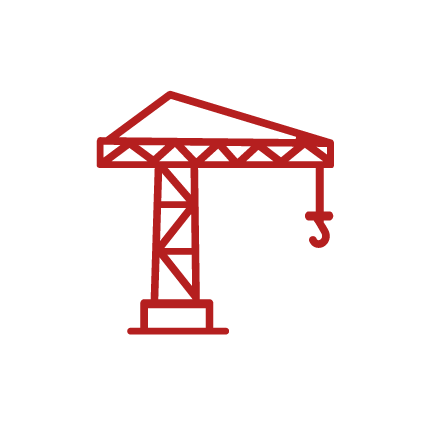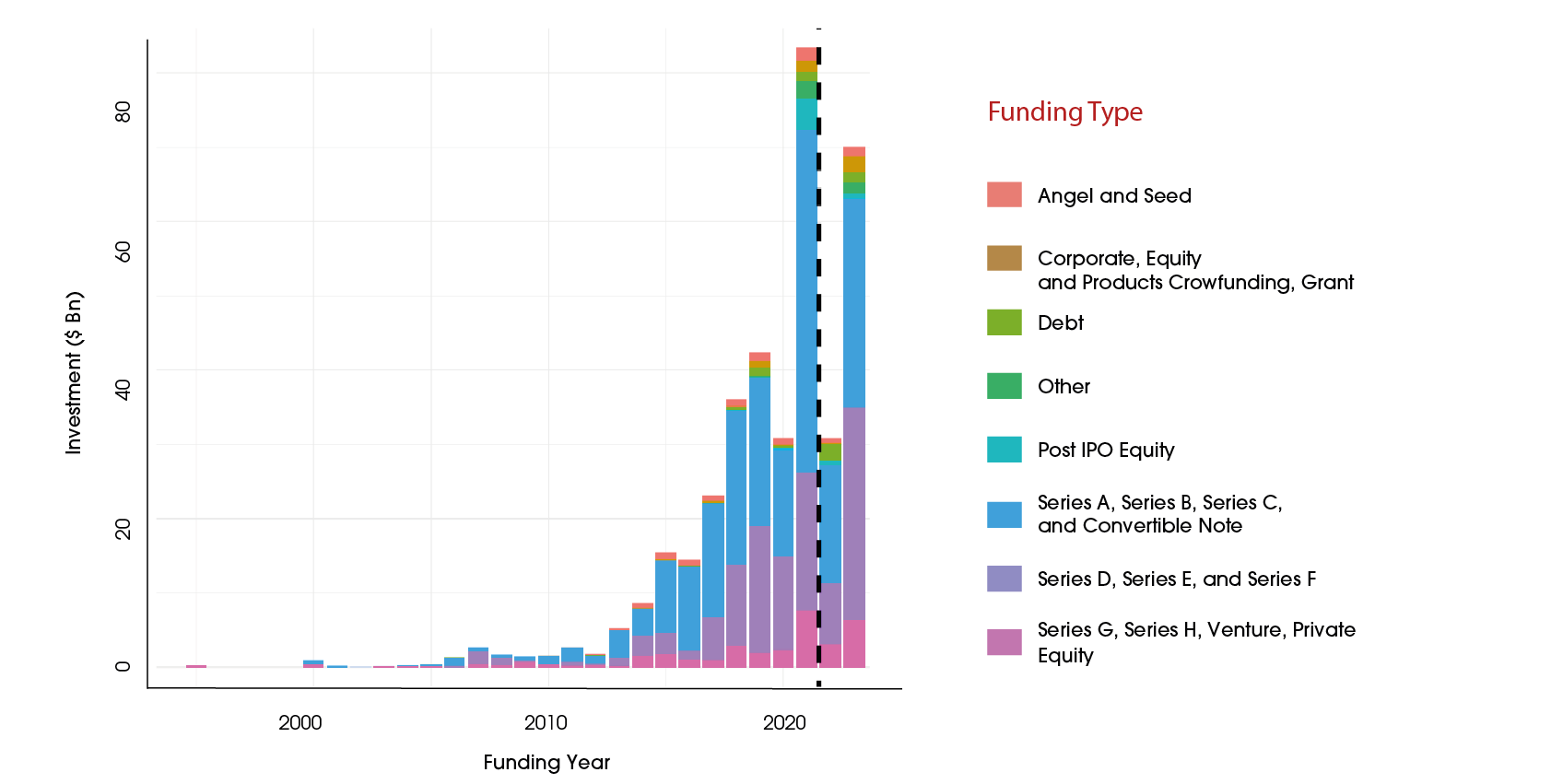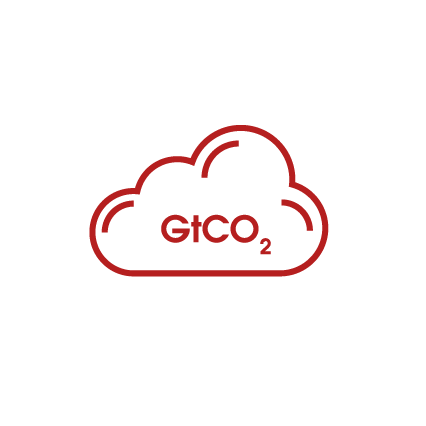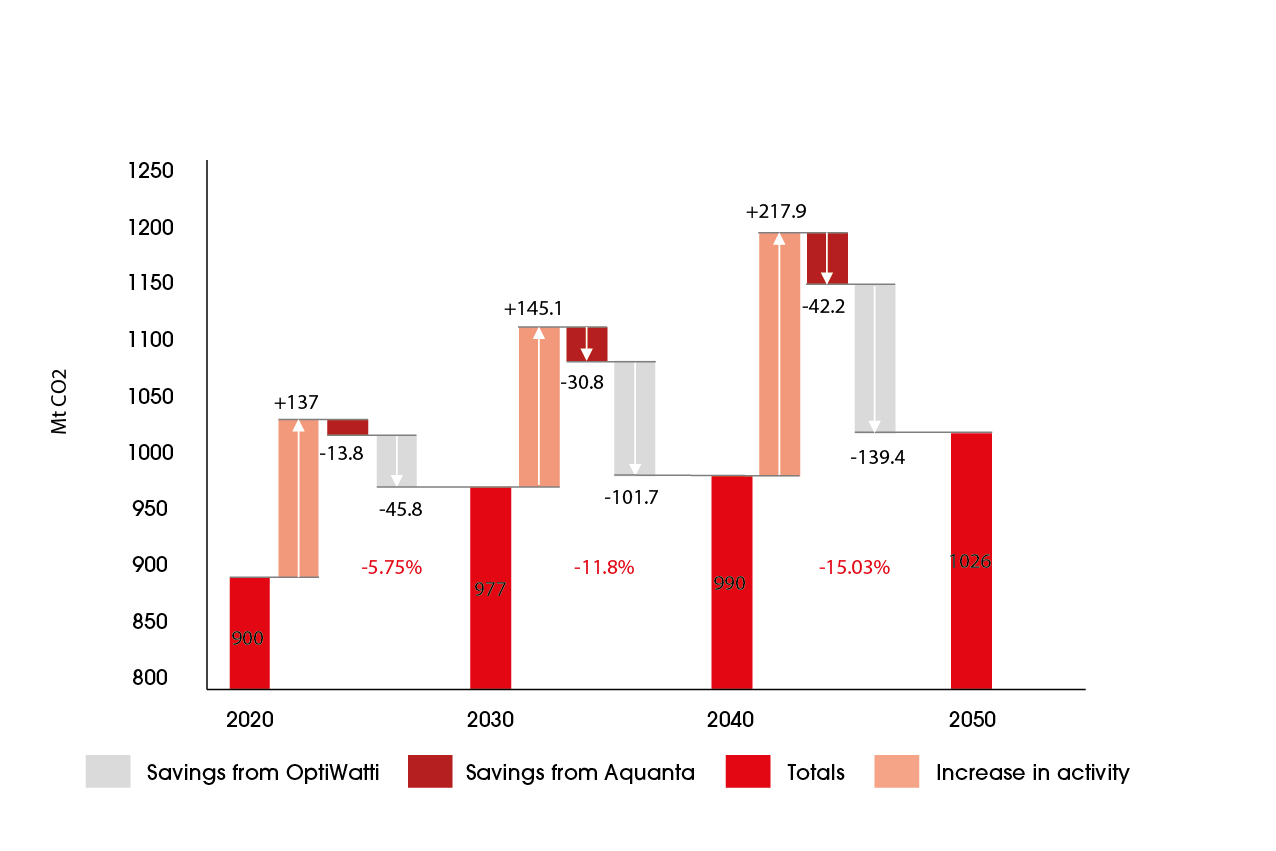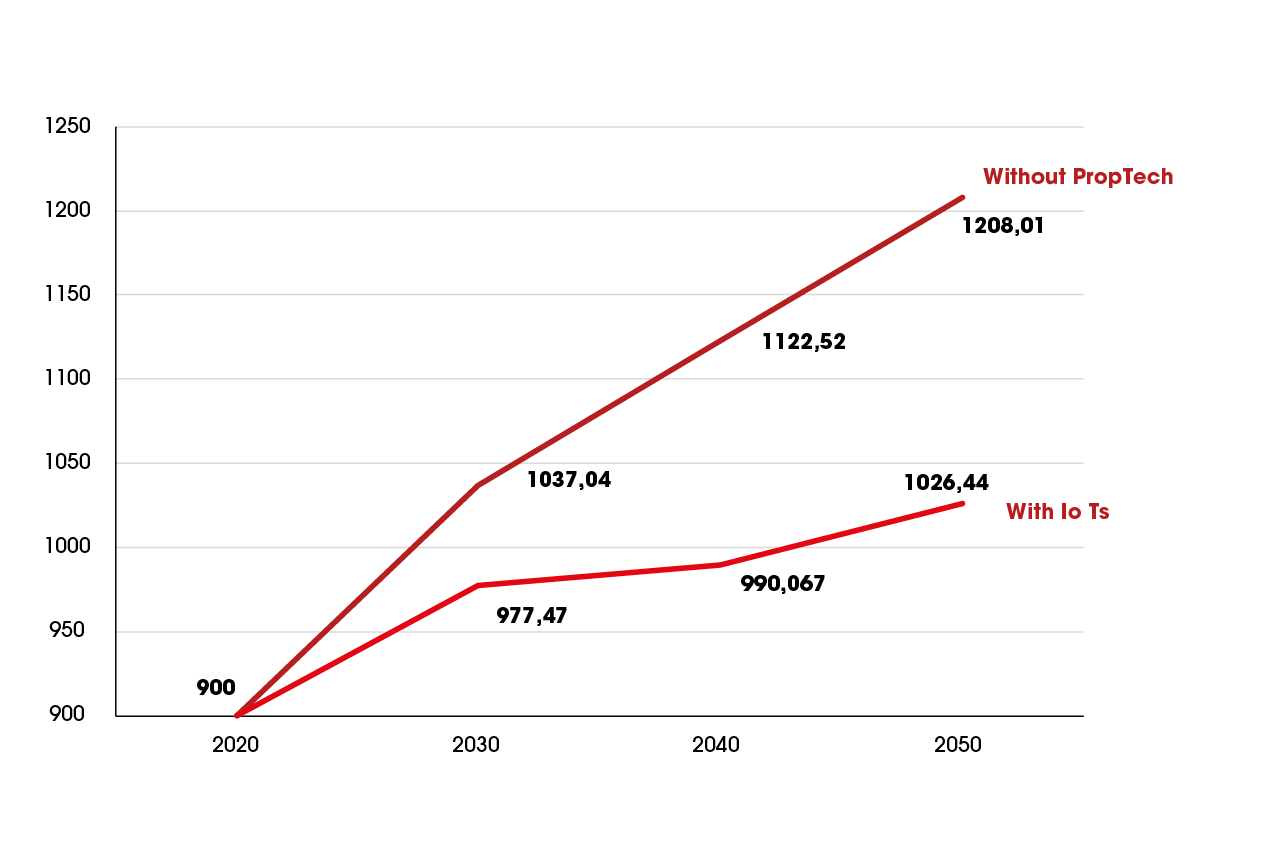I’m a big believer in the idea that technology can be a force for good. If we harness it, activate it, and thoughtfully iterate, we can apply technology to solve any number of challenges.
As an entrepreneur, I see the following: you have facts, and then you have fiction, also known as a dream. Between facts and fiction, you have belief. To be a successful entrepreneur, you have to believe that you can turn your dream into reality, more so than anyone else, and it can be lonely. And then you have to be relentless in your pursuit to prove it. Then what used to be considered fiction becomes fact.
Dr. Rao Mulpuri - CEO of View


